#Museo del Retrato
Explore tagged Tumblr posts
Text

Isabel de Francia, reina de España (1615), por Frans Pourbus el Joven.
#pintura#painting#barroco#baroque#pittura#art#arte#dipinto#flemish art#flemish#flemish painter#Frans Pourbus II#Museo del Prado#Prado#museum#museo#1615#XVII#Pourbus#Frans Pourbus#portrait#retrato#ritratto#Isabel de Francia#Isabel de Borbon#reina#queen#Spain#España
3 notes
·
View notes
Text
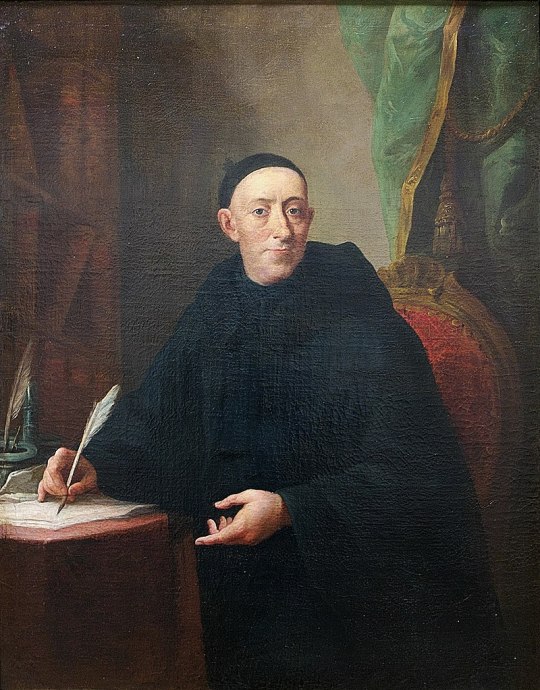
«Los que dan tanta autoridad a la voz común no prevén una peligrosa consecuencia que está muy vecina a su dictamen. Si a la pluralidad de voces se hubiese de fiar la decisión de las verdades, la sana doctrina se había de buscar en el Alcorán de Mahoma, no en el Evangelio de Cristo; no los decretos del Papa, sino los del mustí, habrían de arreglar las costumbres, siendo cierto que más votos tiene a su favor en el mundo el Alcorán que el Evangelio. Yo estoy tan lejos de pensar que el mayor número deba captar el asenso, que antes pienso se debe tomar el rumbo contrario, porque la naturaleza de las cosas lleva que en el mundo ocupe mucho mayor país el error que la verdad. El vulgo de los hombres, como la ínfima y más humilde porción del orbe racional, se parece al elemento de la tierra, en cuyos senos se produce poco oro, pero muchísimo hierro.»
Benito Jerónimo Feijoo: «Voz del pueblo», en Teatro crítico universal. Ediciones Cátedra, pág. 79. Madrid, 2021.
TGO
@bocadosdefilosofia
@dias-de-la-ira-1
#benito jerónimo feijoo#voz del pueblo#teatro crítico univeral#ilustración#ilustración española#falacia democrática#argumento ad populum#vulgo#minoría#verdad#sabiduría#conocimiento#época moderna#teo gómez otero#retrato de feijoo#mariano salvador maella#museo de bellas artes de asturias#pensamiento español
3 notes
·
View notes
Video
MUSEU-MINES-CERCS-ART-PINTURA-OLANO-BUST-DESPATX-ARBRE DE LA VIDA-HISTORIA-MINES-CARBÓ-BERGUEDÀ-INTERIOR-PINTOR-ERNEST DESCALS por Ernest Descals Por Flickr: MUSEU-MINES-CERCS-ART-PINTURA-OLANO-BUST-DESPATX-ARBRE DE LA VIDA-HISTORIA-MINES-CARBÓ-BERGUEDÀ-INTERIOR-PINTOR-ERNEST DESCALS- Estoy pintando mucho sobre el personaje de JOSÉ ENRIQUE DE OLANO Y LOYZAGA y su decisiva influencia en la historia de las minas del carbón en la comarca del Berguedà, me faltaba Pintar su retrato, escena con su busto en su despacho en el interior del MUSEU DE LES MINES DE CERCS, acompañado por el Arbol de la Vida y el sillón de tonos rojizos. Pintura del artista pintor Ernest Descals sobre papel de 50 x 70 centímetros, acuarelas y oleos en técnica mixta, La figura central en la colección de pinturas que estoy realizando sobre la Central Térmica de Fígols, la Torre del Conde, la Colonia de la Consolació, Sant Corneli, y demás referencias sobe la minería en Catalunya.
#OLANO#JOSE ENRIQUE DE OLANO Y LOYZAGA#MUSEU DE LES MINES DE CERCS#PERSONATGE#RETRATO#RETRATAR#PORTRAIT#HISTORIA#HISTORY#CHARACTERS#MINERIA#MINING#COMARCA#BERGUEDÀ#ARBOL DE LA VIDA#ARBRE DE LA VIDA#DESPATX#DESPACHO#BUST#BUSTO#FIGURA#CENTRAL TERMICA DE FIOLS#TORRE DEL CONDE DE FIGOLS#TORRE DEL COMTE DE FIGOLS#COLONIA DE LA CONSOLACIO#INTERIOR#INTERIORS#MUSEUM#MUSEO DE LAS MINAS#CARBÓ
0 notes
Text
Ronda de enlaces (27/05/2024
Otra semana, otra ronda de enlaces (la imagen de arriba fue tomada del enlace que aparece si se pincha en ella): Continue reading Ronda de enlaces (27/05/2024

View On WordPress
#Agesilao rey de Esparta#Alemania#Arquitectura#Aviñón#Barroco#Doménikos Theotokópoulos "El Greco"#Don Pedro Calderón de la Barca#El Greco#Epaminondad general tebano#Fernando VII de España#George Villiers (duque de Buckingham)#Imperio Romano#Italia#Jaime II de Mallorca#Jonathan Yeo#Juan Bautista Maíno#Julio César#Libros#Lisandro general espartano#Monasterio de Montearagón#Montpellier#Museo del Prado#Nagasaki#Papa Juan XXII#Pentecostés#Perpiñán#Portugal#Retrato
1 note
·
View note
Text
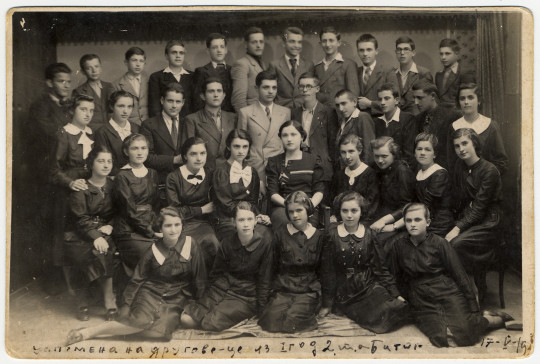
Retrato de grupo de estudiantes en una escuela de negocios.
Entre los que aparecen en la foto están (primera fila, de izquierda a derecha): Jamila Kolonomos, Roza Kamhi, Redjina Shami, Rebeka Pardo, Marie Romano; (¿tercera o cuarta fila?): Joco Beraha y Leon Faradji.
Derechos de autor: United States Holocaust Memorial Museum Procedencia: Jamila Kolonomos - nació en 1922 en Monastir (Bitola), en la provincia de Macedonia del Reino de Yugoslavia. Su familia era parte de la comunidad judía que había vivido en Monastir durante dos mil años. Para 1940, la población judía había disminuido a 3242 debido a emigraciones y otros factores. En abril de 1941, los alemanes invadieron Yugoslavia, lo que llevó a la aplicación inmediata de leyes antisemitas en Monastir. El padre de Jamila, Isak Kolonomos, perdió su trabajo en un banco después de que las autoridades alemanas confiscaran su contenido. Sus hermanos no podían asistir a la escuela, y la familia enfrentaba una creciente persecución. Durante la ocupación, Jamila se unió a la Resistencia Yugoslava, eventualmente convirtiéndose en Comisaria. En 1943, toda la población judía de Monastir fue capturada y enviada a Skopje, luego al campo de concentración de Treblinka, donde fueron asesinados. Jamila logró evitar ser capturada y se unió a los partisanos, participando en operaciones para liberar ciudades como Ohrid y Struga. A pesar de haber sido herida en una batalla, continuó sirviendo como Subcomisaria para la 42ª División Yugoslava. Después de la guerra, Jamila se mudó a Skopje, donde se convirtió en Profesora Emérita en la Universidad San Cirilo y San Metodio, y fue reconocida por sus contribuciones a la resistencia y sus logros académicos.
#judaísmo#judío#judaism#jewish#historia sefardí#israel#sefardí#sephardi#sephardic#escuela#escuela de negocios#fotografía histórica#historia judía#yugoslavia#bitola#siglo xx#museo del holocausto#monastir#macedonian jews#judíos de macedonia#sefardim#judíos sefardíes#yugoslavian jews#jamila kolonomos#colegio#retrato#estudiantes judíos#multicultural#recuperando la historia#holocausto
1 note
·
View note
Text
Early 18th (and late 17th) century fashions are so under-utilized in vampire media and I think it's a damn shame.
I don't actually think I've ever seen a single image of a vampire character in an early 18th century suit. Hardly any movies set in that era either, and hardly any historical costumers who do it. (Even my beloved gay pirate show set in 1717 takes nearly all of its 18th century looks from the second half of the century. Not enough appreciation for baroque fashion!!)
Yes I love late 18th century fashion as much as anyone, and 19th century formal suits are all very well and good, but if you want something that says old, dead, wealthy, and slightly dishevelled, then the 1690's-1730's are where it's at.
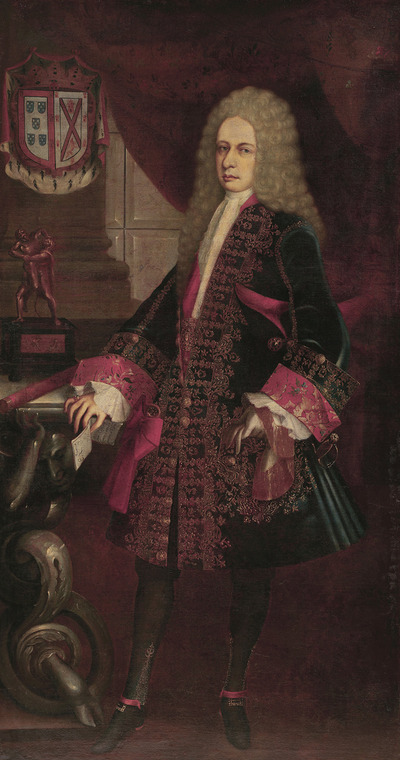
(Retrato del Virrey Alencastre Noroña y Silva, Duque de Linares, ca. 1711-1723.)
There was so much dark velvet, and so many little metallic buttons & buttonholes. Blood red linings were VERY fashionable in this era, no matter what the colour of the rest of the suit was.

(Johann Christoph Freiherr von Bartenstein by Martin van Meytens the Younger, 1730's.)
The slits on the front of the shirts are super low, they button only at the collar, and it's fashionable to leave most of the waistcoat unbuttoned so the shirt sticks out, as seen in the above portraits.

(Portrait of Anne Louis Goislard de Montsabert, Comte de Richbourg-le-Toureil, 1734.)
Waistcoats are very long, coats are very full, and the cuffs are huge. But the sleeves are on the shorter side to show off more of that shirt, and the ruffles if it has them! Creepy undead hands with long nails would sit so nicely under those ruffles.
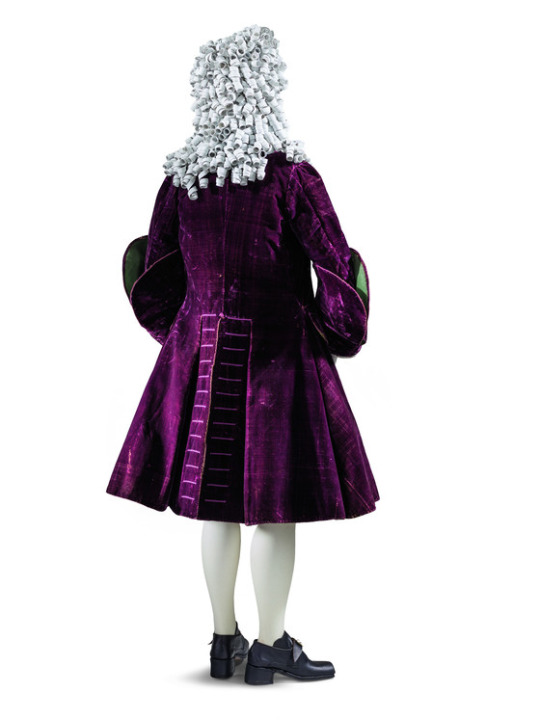
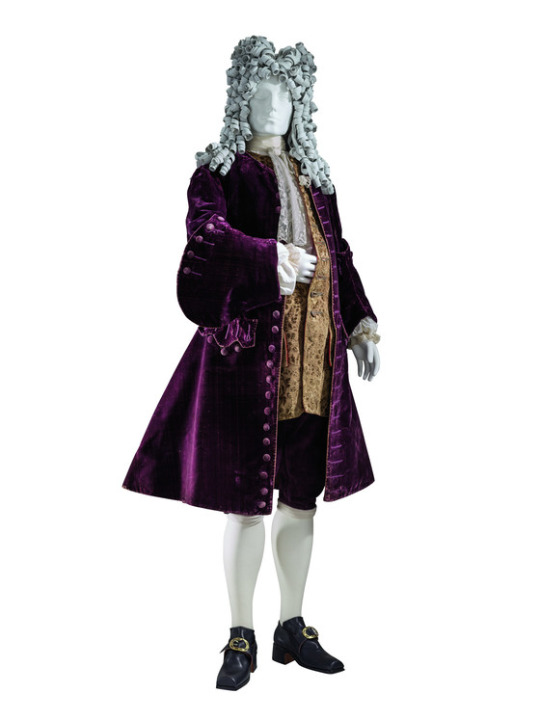
(1720's-30's, LACMA)
Embroidery designs are huge and chunky and often full of metallic threads, and the brocade designs even bigger.
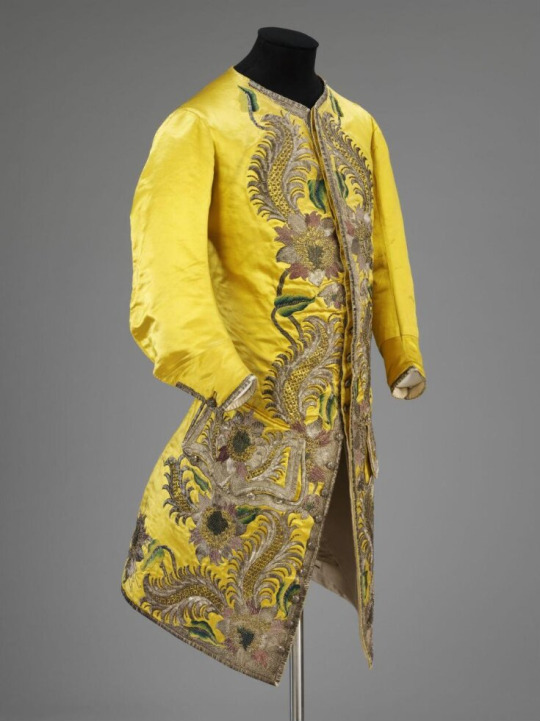
(1730's, V&A, metal and silk embroidery on silk satin.)
Sometimes they did this fun thing where the coat would have contrasting cuffs made from the same fabric as the waistcoat.
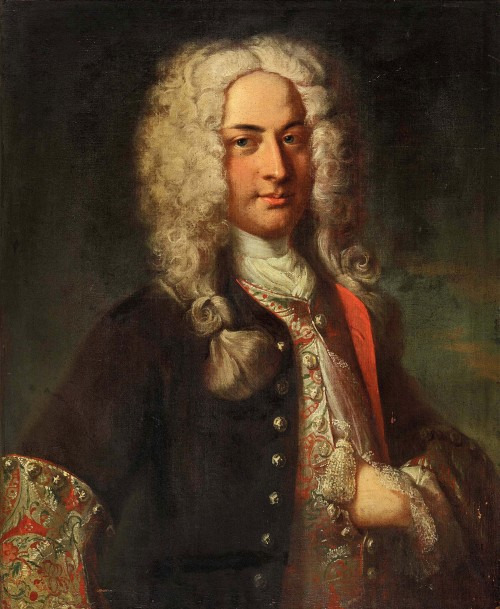
(Niklaus Sigmund Steiger by Johann Rudolf Huber, 1724.)
Tell me this look isn't positively made for vampires!
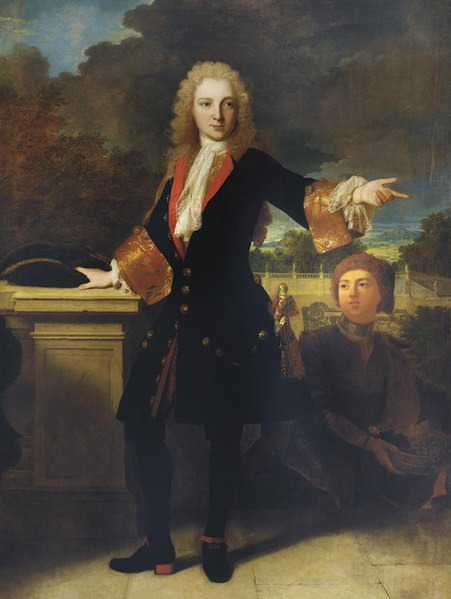
(Portrait of Jean-Baptiste de Roll-Montpellier, 1713.)
(Yeah I am cherry-picking mostly red and black examples for this post, and there are plenty of non-vampire-y looking images from this time, but you get the idea!)
And the wrappers (at-home robes) were also cut very large, and, if you could afford it, made with incredible brocades.
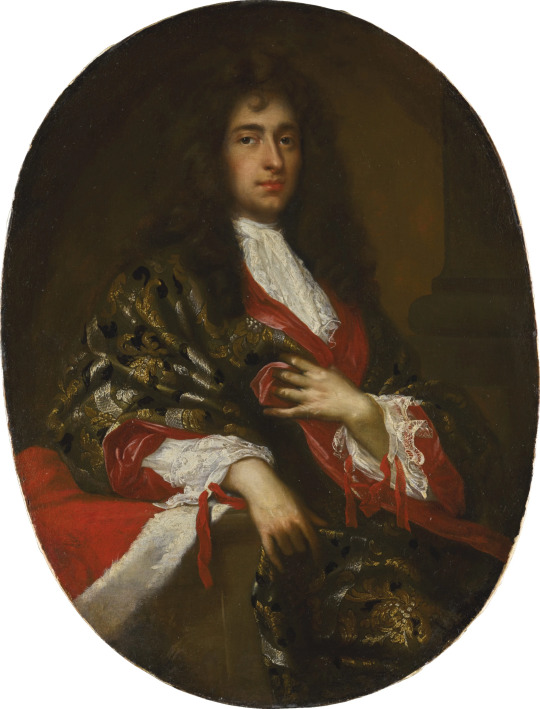
(Portrait of a nobleman by Giovanni Maria delle Piane, no date given but I'd guess maybe 1680's or 90's.)
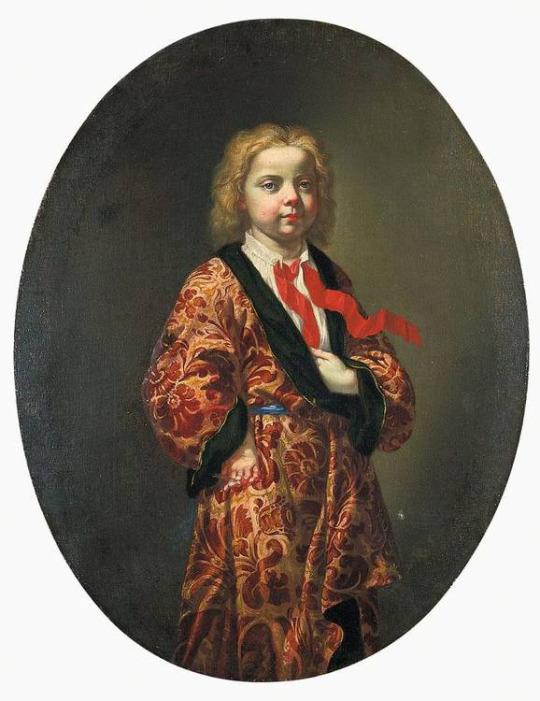
(Circle of Giovanni Maria delle Piane, no date given but I'd guess very late 17th or very early 18th century.)
Now that looks like a child who's been stuck at the same age for a hundred years if I ever saw one!
I don't know as much about the women's fashion from this era, but they had many equally large and elabourate things.
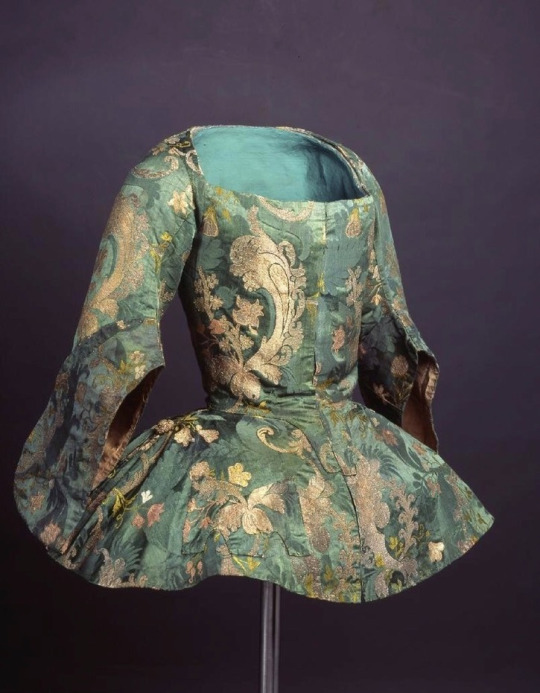
(1730's, Museo del Traje.)
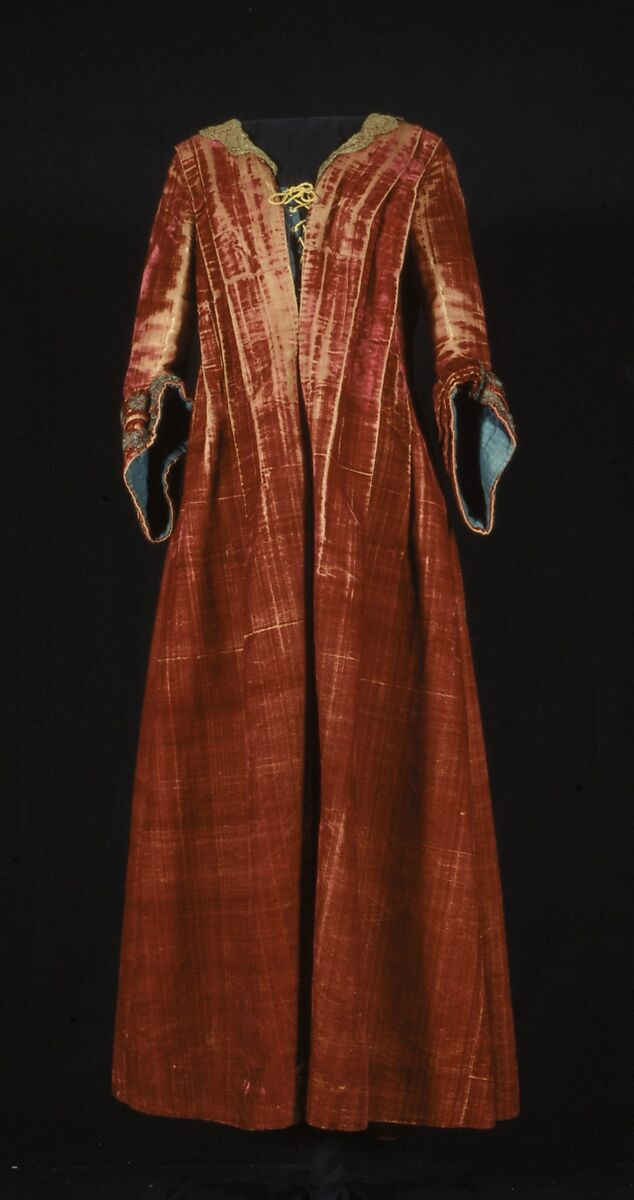
(Don't believe The Met's shitty dating, this is a robe volante from probably the 1720's.)
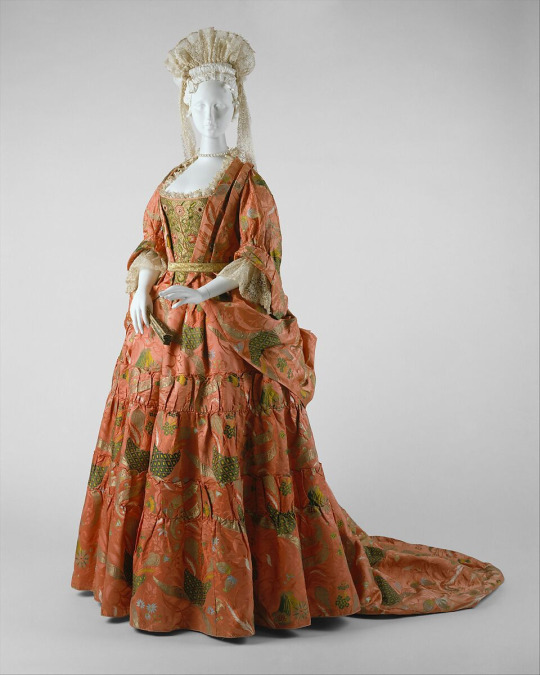

(Mantua, c. 1708, The Met. No idea why they had to be that specific when they get other things wrong by entire decades but ok.)

(Portrait of Duchess Colavit Piccolomini, 1690's.)
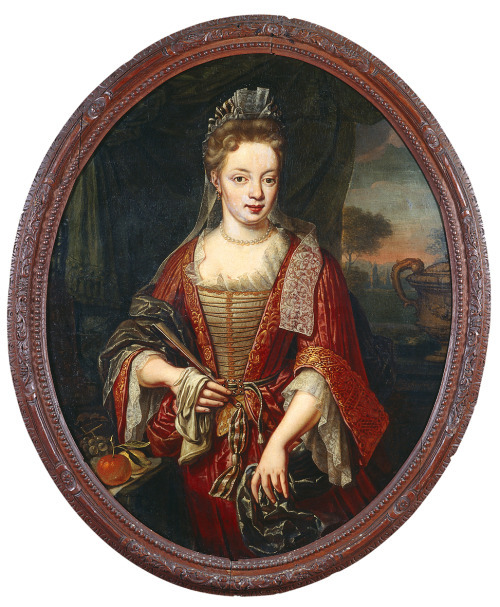
(Maria van Buttinga-van Berghuys by Hermannus Collenius, 1717.)
Sometimes they also had these cute little devil horn hair curls that came down on either side of the forehead.

(Viago in drag Portrait of a lady, Italian School, c. 1690.)
Enough suave Victorian vampires, I want to see Baroque ones! With huge wigs and brocade coat cuffs so big they go past the elbow!
#long post#vampires#fashion#history#18th century#17th century#someday. SOMEDAY I will make a black/red/dark orange/metallic gold 1720's suit#I've got nearly all the materials I just need to:#1. Learn how to make early 18th century metallic thread buttons‚ preferably without having to buy the super expensive kind of thread#2. get a wig and style it appropriately
3K notes
·
View notes
Text

Francisco de Goya y Lucientes
Retrato del Matador Pedro Romero (1795-98)
Museo de Arte Kimbell Fort Worth, Texas
25 notes
·
View notes
Text

Friedrich Nietzsche es una pintura de Edvard Munch del 1906. Es un retrato del filósofo alemán que había muerto seis años antes. Por lo tanto, contrariamente a su forma habitual de trabajar, Munch tuvo que recurrir a fotografías del modelo para plasmarlo. La imagen se remonta a una sugerencia de Elisabeth Förster-Nietzsche y fue un encargo del empresario y coleccionista de arte sueco Ernest Thiel. Hoy se exhibe en la galería Thielska de Estocolmo, al que él la donó. En el mismo año, Munch pintó un segundo retrato de Nietzsche más estrecho, que permaneció en su poder y se muestra en el Museo Munch de Oslo.
#edvard munch#friedrich nietzsche#contemporaryart#artist#painting art work#painting#expressionism#arte#nietzsche
37 notes
·
View notes
Text

The Prince of Asturias, the Future Charles IV
Artist: Anton Raphael Mengs (German, 1728–1779)
Date: 1766
Medium: Oil on Canvas
Collection: Museo del Prado, Madrid, Spain
Description: Español: Retrato del príncipe de Asturias Carlos de Borbón (1748-1819), que fue hijo del rey Carlos III de España y llegaría a reinar en España como Carlos IV.
This portrait of Charles IV as the Prince of Asturias has as its pendant a portrait of his wife, María Luisa of Parma , also in the Museo del Prado. Anton Raphael Mengs had come to Spain in 1761 at the invitation of Charles III in order to serve as painter de camara , or court painter, the most prestigious appointment for an artist in the service of the king. He probably produced this canvas and its companion in 1765 as wedding portraits, for it was in that year that the prince and princess were married.
The 17-year-old prince stands elegantly, using his shotgun as a support. He wears a gray coat, black leather riding boots and the insignia of his superior status: on his breast is the insignia of the Order of the Golden Fleece , as well as those of the military orders of the Holy Spirit (which was due to the prince as a member of the House of Bourbon ) and Saint Januarius —the order founded by his father in 1738 as King of Naples and the Two Sicilies to celebrate his marriage to Maria Amalia of Saxony . Hunting on horseback, once the sole preservation of the monarchy, was no longer restricted to the royals in the eighteenth century. However, emblems of royal power persisted in iconographic representations of the hunt, which included the deer, in whose pursuit the prince's valor and firmness would be tested, or the dog that, in images of kings and princes, symbolized the loyalty of their subjects.
Charles IV was born in 1748 in Portici , Naples , and could therefore be considered a foreigner under Spanish law. As such, his right to the throne could theoretically have been challenged, yet here he is presented as the natural heir to the Crown and, together with his wife, the guarantors of the dynasty's preservation in the future.
#portrait#oil on canvas#charles iv#king of spain#anton raphael mengs#german art#prince of asturias#landscape#standing#dog#shotgun#grey coat#hunter#leather riding boots#order of the golden fleece#europea art#18th century#spanish history#spanish monarchy
17 notes
·
View notes
Photo

Antonio María Esquivel y Suárez de Urbina (Spanish, 1806-1857) Retrato de niña con rosas, 1834 Museo Nacional del Prado
#art#spanish art#european art#classical art#portrait of a young girl#1800s#1800s fashion#europe#europa#western civilization#spain#spanish
98 notes
·
View notes
Text
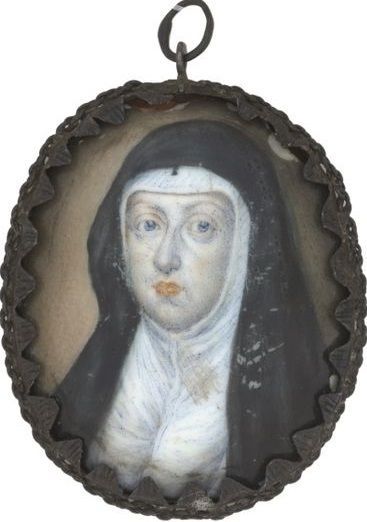
Miniature portrait of Mariana of Austria
This painting is inspired by some of the portraits of Queen Mariana painted after 1665. Portraits on porcelain plates were common in Spain until the end of the 19th century. It is, therefore, likely that this painting was made in a French workshop, although it cannot be ruled out that it is a Spanish work from around 1900, when portraits of illustrious figures from the past became fashionable and were used to form dynastic ensembles. Its frame follows 17th-century models.
#history#mariana de austria#house of habsburg#portrait#miniature painting#17th century#please like and reblog#mariana of austria#museo del prado#art history#historical figures#nun#woman#woman in history#please look at her#look at my baby#look#my hyperfixations
16 notes
·
View notes
Text

Eberhard Wächter (1762-1852) Retrato del pintor Joseph Anton Koch
Tener una cita: 1795 - 1798 número de inventario: B165 Número de catálogo: B165
Material Textil > Lona Color > Pintura al óleo
Técnica: Pintado
Meta Altura 29,4 cm Ancho 22,9 cm
Dueño: Museo de Thorvaldsen Método de adquisición: Donación testamentaria de Bertel Thorvaldsen Año de adquisición: 24 de marzo de 1844
Información e imagen de la web del Museo de Thorvaldsen.
17 notes
·
View notes
Text


“Retrato de estudio, en soporte carta de visita, de indigena filipino del grupo de moros de la isla de Mindanao (1860-1898).” Fotografía histórica del Museo del Ejército. N.° Inventario: MUE-120071. Biblioteca Virtual de Defensa.
16 notes
·
View notes
Photo

Retrato orante de Da. Mariana de Austria
by Diego Velázquez (Sevillian, 1599 – 1660) oil on canvas (147 × 209 cm), 1655
Museo del Prado
#737613337103351808/Y3jtQIrV#Diego Velázquez#House of Habsburg#Mariana de Austria#Monarquía Hispánica#Spain#17th century#1655#Baroque#Museo del Prado#portraits#oil on canvas#paintings
30 notes
·
View notes
Text
Felipe II por Antonio Moro (MBA de Bilbao)
Este cuadro, pintado por Antonio Moro entre 1549 y 1550, se puede ver habitualmente en el Museo de Bellas Artes de Bilbao que es su propietario desde 1992. Pero de forma temporal, puede verse en la Galería de las Colecciones Reales, que volví a visitar el día de los Museos (18 de mayo pasado). Continue reading Felipe II por Antonio Moro (MBA de Bilbao)

View On WordPress
#Antonio Moro#Carlos I de España y V de Alemania#Cristóbal Calvete de Estrella#Felipe II de España#Leone Leoni#María de Hungría#Michael Coxcie#Museo de Bellas Artes de Bilbao#Museo Nacional del Prado#Palacio de Binche#Palacio de Coudenberg#Palacio de Turnhou#Pintura#Real Monasterio de San Lorenzo de El Escorial#Renacimiento#Retrato#Siglo XVI#Tiziano
1 note
·
View note
Text

En la década de 1880, la vida en Europa estaba marcada por cambios significativos.
La Revolución Industrial había transformado la sociedad, generando desigualdades económicas y condiciones de vida precarias para muchos trabajadores.
A las grandes capitales, llegan miles de obreros para incorporarse a los nuevos métodos de trabajo, y no obstante, muchos campesinos se aferran a su tierra, en condiciones aún más pobres que aquellos.
En la linea de testimonio social de Los comedores de patatas de 1885, encontramos ésta obra pintada tres años después, Retrato de Patience Escalier.
En 1888, Vincent van Gogh se instala en Arlés, en el sur de Francia.
Es un momento creativo muy intenso, donde realizará más de 300 obras en 15 meses, entre las que se encuentran algunas de las más conocidas, como “Los Girasoles”, “Café la Nuit”, “La Silla de Van Gogh” “La Casa Amarilla” o "El puente de Langlois".
Aunque el mensaje es similar al de "Los comedores...", aquí Vincent se aleja completamente de ese neo tenebrismo, en ésta composición que se destaca por el uso vibrante del color y una pincelada expresiva, típico de su estilo en ese período en la Provenza.
Patience era un antiguo vaquero en la Camarga, y ahora jardinero en una de las granjas de La Crau.
La expresividad, más alla de la línea y la forma, lograda por esos simples azules, naranjas y amarillos, no son solo la representación sensible de un hombre anciano y honesto, sino también una indagación de su carácter y espíritu, donde en un escenario de injusticia social y pobreza, éste hombre mantiene su dignidad y su pureza.
Esta pintura se encuentra en el Museo de Orsay de París, donde sigue siendo admirada por su vívida representación y la intensidad emocional que Vincent infundió a toda su obra.
13 notes
·
View notes
